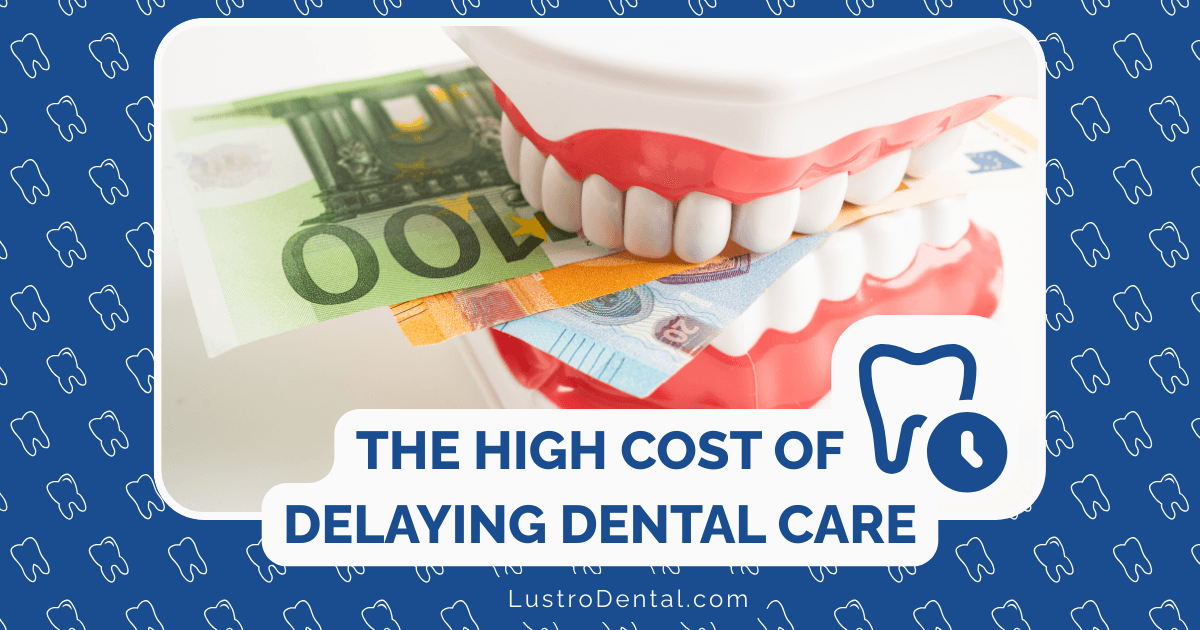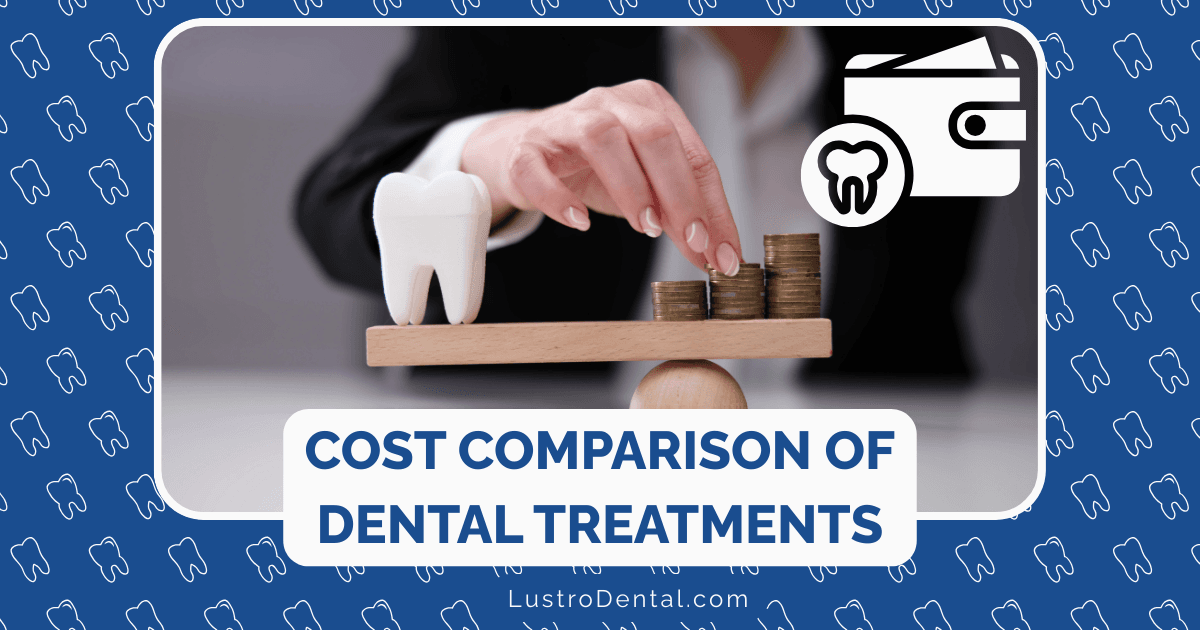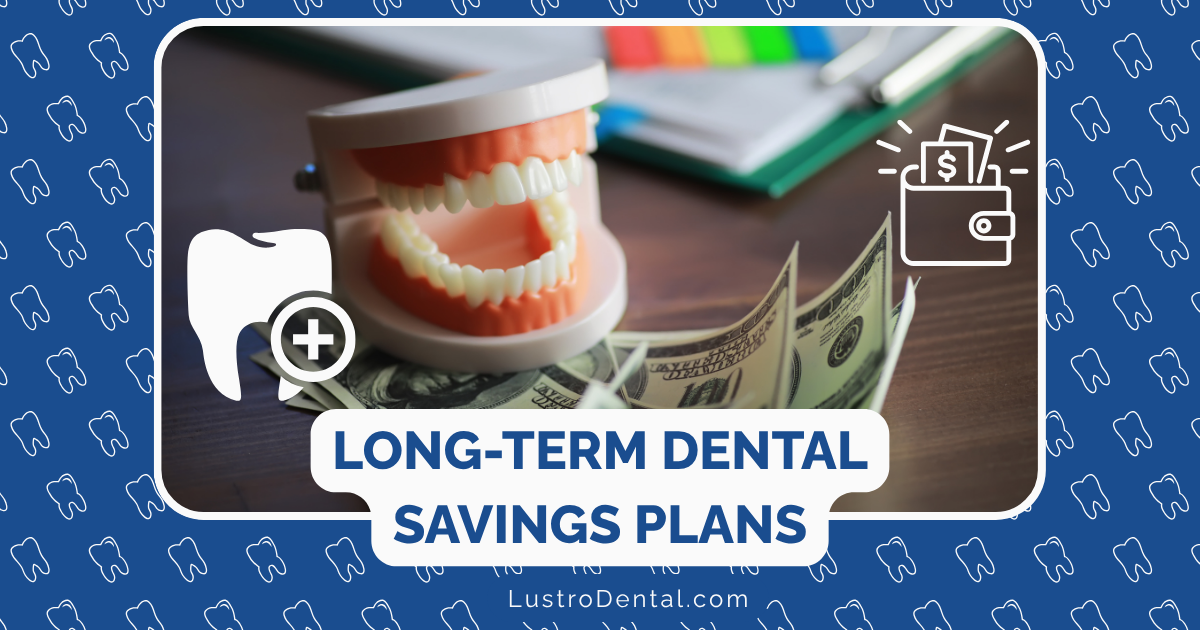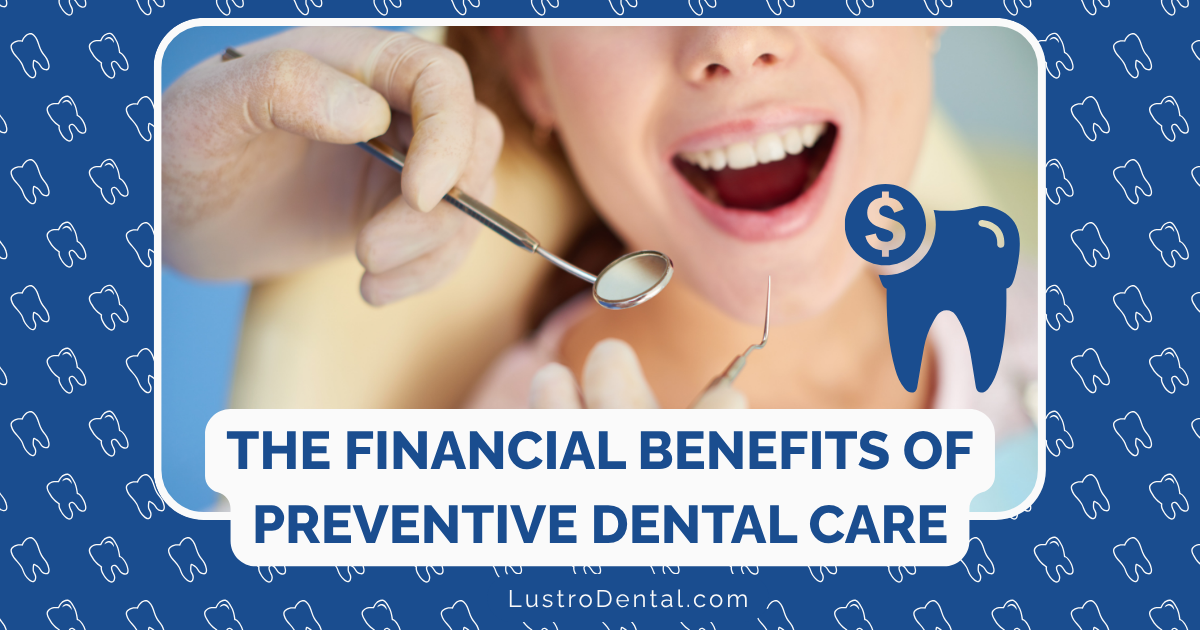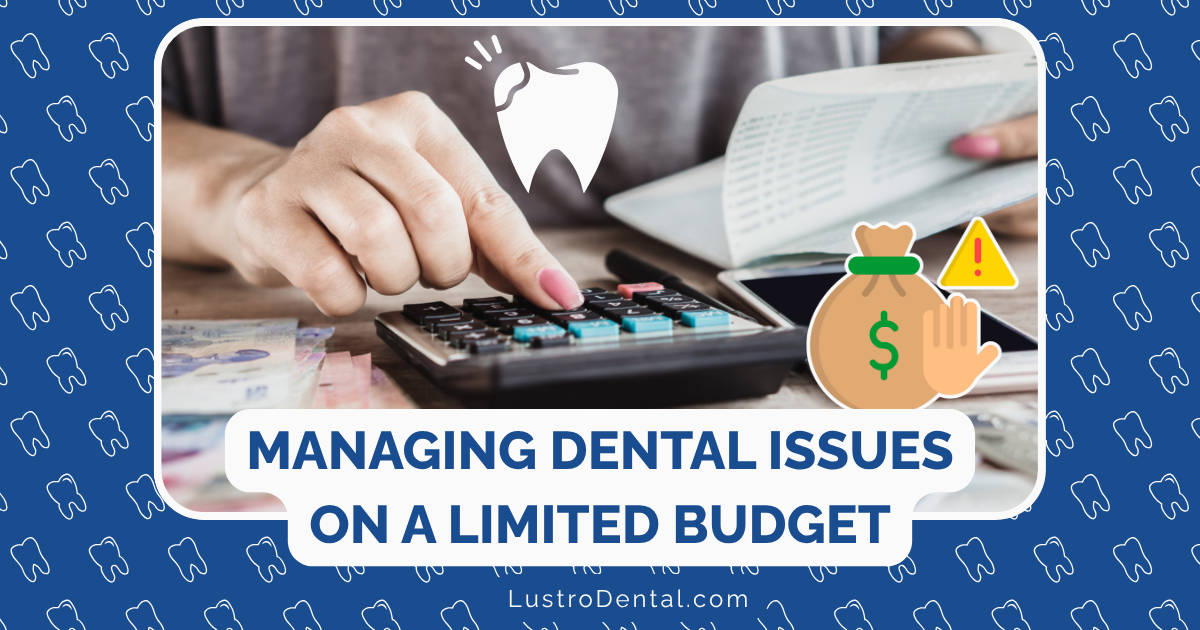Coordination of Benefits: What Happens When You Have Multiple Dental Policies
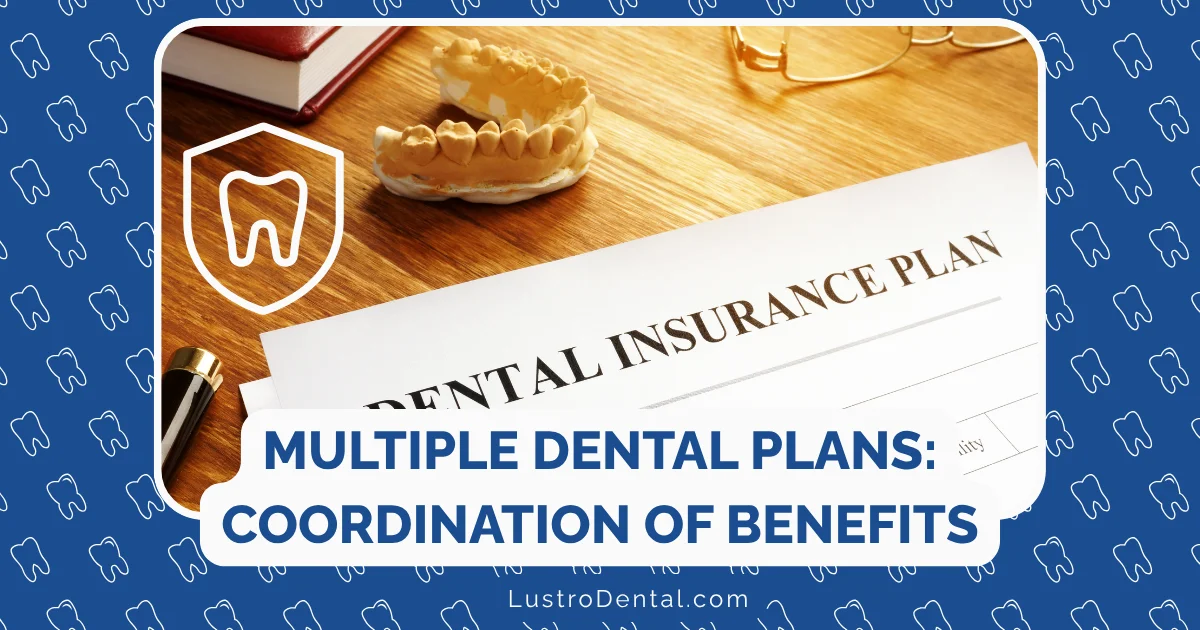
You’ve got dental insurance through your job. Your spouse has a plan through their employer too. And they’ve added you as a dependent. Congratulations—you now have dual dental coverage! But before you start dreaming about double the benefits and zero out-of-pocket costs, let’s talk about what actually happens when you have multiple dental policies.
The process that determines how your two (or more) dental insurance plans work together is called Coordination of Benefits, or COB. And despite what many people think, having two dental insurance policies doesn’t mean you get double the benefits—it means you need to understand some complex rules.
What Exactly Is Coordination of Benefits?
Coordination of Benefits is the insurance industry’s way of ensuring that the total amount paid by all your insurance plans doesn’t exceed 100% of the cost of services. According to Delta Dental, one of America’s largest dental insurers, COB prevents what the industry calls “double-dipping.”
In other words, COB determines:
- Which plan pays first (primary)
- Which plan pays second (secondary)
- How much each plan will contribute
- The maximum combined benefit you’ll receive
The Myths vs. Reality of Multiple Dental Policies
Before diving into the rules, let’s bust some common myths:
Myth #1: Having two dental plans means you’ll never pay anything out-of-pocket. Reality: While dual coverage can reduce your costs, you may still have out-of-pocket expenses, especially for major procedures or if both plans have similar exclusions.
Myth #2: You’ll get double the annual maximum. Reality: You won’t receive more than 100% of the actual cost of treatment. However, you might effectively increase your overall coverage by having a secondary plan pick up where the primary leaves off.
Myth #3: Coordination of benefits is automatic. Reality: You need to inform both insurance companies about your dual coverage and provide the necessary information for COB to work properly.
Who Pays First? The Rules of the Road
Determining which insurance plan is primary (pays first) follows a hierarchy of rules. According to the National Association of Dental Plans, these rules are surprisingly standardized across most insurers:
Rule #1: The “Non-Dependent” Rule
The plan that covers you as an employee/subscriber is primary over a plan that covers you as a dependent.
Example: Your plan through your employer pays first. Your coverage under your spouse’s plan pays second.
Rule #2: The “Active vs. Inactive” Rule
If you have coverage as an active employee and also as a retired employee or through COBRA, the active employment plan is primary.
Example: If you’re covered by your current employer’s plan and also have coverage through a retiree plan from a previous employer, your current employer’s plan pays first.
Rule #3: The Birthday Rule (For Dependent Children)
For children covered under both parents’ plans, the plan of the parent whose birthday comes first in the calendar year is primary. Note: This is about the month and day only, not the year of birth.
Example: If Mom’s birthday is April 15 and Dad’s is October 30, Mom’s plan is primary for the children, regardless of which parent is older.
Rule #4: The Custodial Parent Rule
For children of divorced or separated parents, the determination follows this order:
- Plan of the parent with custody
- Plan of the stepparent (if the parent with custody has remarried)
- Plan of the parent without custody
- Plan of the stepparent (if the parent without custody has remarried)
However, this can be overridden by a court decree.
Rule #5: The Longer Coverage Rule
If none of the above rules determines the primary plan, the plan that has covered the person longer is primary.
How the Money Actually Works
Let’s break down what happens when you have a dental procedure with dual coverage:
- Primary Insurance Processes First: Your dentist submits the claim to your primary insurance first.
- Primary Plan Pays Its Share: The primary plan calculates benefits according to its coverage rules, deductibles, and coinsurance.
- Secondary Plan Calculates Its Contribution: The secondary plan receives the explanation of benefits (EOB) from the primary plan and then determines what it will pay.
- Secondary Plan Pays Up to 100%: The secondary plan typically pays the lesser of:
- What it would have paid if it were primary
- The remaining patient balance after the primary plan’s payment
According to MetLife Dental, one of the largest dental insurers in the U.S., the secondary plan will never pay more than it would if it were the only plan in effect.
Real-Life Examples: How COB Works in Practice
Scenario 1: Routine Cleaning ($120)
Primary Plan Coverage: 100% for preventive care Secondary Plan Coverage: 100% for preventive care
What Happens:
- Primary plan pays $120 (100%)
- Patient balance: $0
- Secondary plan pays: $0 (since there’s no remaining balance)
- Your out-of-pocket cost: $0
Result: No benefit from dual coverage for fully covered preventive services.
Scenario 2: Filling ($200)
Primary Plan Coverage: 80% after $50 deductible Secondary Plan Coverage: 80% after $50 deductible
What Happens:
- Primary plan pays $120 (80% of $200 after $50 deductible)
- Patient balance: $80
- Secondary plan calculates what it would pay if primary: $120
- Secondary plan pays the remaining balance: $80
- Your out-of-pocket cost: $0
Result: Dual coverage eliminated your out-of-pocket expense.
Scenario 3: Crown ($1,200)
Primary Plan Coverage: 50% with $1,000 annual maximum (which you’ve partially used, leaving $600) Secondary Plan Coverage: 50% with $1,500 annual maximum
What Happens:
- Primary plan pays $600 (remaining annual maximum)
- Patient balance: $600
- Secondary plan calculates what it would pay if primary: $600 (50% of $1,200)
- Secondary plan pays: $600
- Your out-of-pocket cost: $0
Result: Dual coverage provided 100% coverage for a major procedure that would otherwise have cost you $600 out-of-pocket.
The Potential Downsides of Dual Coverage
While having two dental insurance policies can provide financial benefits, there are some downsides to consider:
1. Premium Costs vs. Benefits
You (or your family) are paying two premiums. According to a study by the American Dental Association, the average dental insurance premium is about $360-$600 per year for an individual. If you’re paying for a second policy but rarely using it, you might be wasting money.
2. Administrative Headaches
Coordinating benefits between two insurance companies can be time-consuming and frustrating. Claims may be delayed while the two companies determine who pays what.
3. Predetermination Complications
If you request a predetermination of benefits (a cost estimate before treatment), the process becomes more complex with dual coverage, as the secondary insurer can’t provide an accurate estimate until the primary has processed the claim.
How to Make Dual Coverage Work for You
If you do have multiple dental policies, here’s how to maximize your benefits:
1. Inform Both Insurance Companies
Make sure both insurers know about the other coverage. Provide all policy information to both companies and to your dental provider.
2. Plan Major Procedures Strategically
If you need expensive dental work, consider timing it to maximize your benefits. For example, if you’re close to maxing out your primary plan’s annual limit, schedule the procedure for when your secondary coverage can pick up more of the cost.
3. Understand Your Plans’ Specific COB Provisions
While COB rules are fairly standardized, there can be variations. Request the COB provisions in writing from both insurers.
4. Keep Detailed Records
Maintain copies of all claims, explanations of benefits, and correspondence with both insurance companies. This documentation will be invaluable if disputes arise.
Is Dual Coverage Worth It?
The answer depends on your specific situation. According to Consumer Reports, dual coverage makes the most sense when:
- The additional premium is less than your expected out-of-pocket costs with just one plan
- You anticipate needing major dental work that would exceed one plan’s annual maximum
- The two plans have complementary coverage (e.g., one has better coverage for orthodontics, while the other is better for basic procedures)
The Bottom Line
Coordination of benefits for dental insurance is complex but can provide significant financial advantages if you understand how it works. While dual coverage won’t double your benefits, it can reduce your out-of-pocket expenses, especially for major dental procedures.
Before adding or maintaining a second dental insurance policy, do the math. Calculate the additional premium cost against the potential savings based on your anticipated dental needs.
Remember, the goal isn’t to have the most insurance—it’s to have the right insurance that provides the best coverage for your specific dental health needs at the most reasonable cost.
Have you navigated the world of dual dental coverage? Share your experiences and tips in the comments below!


